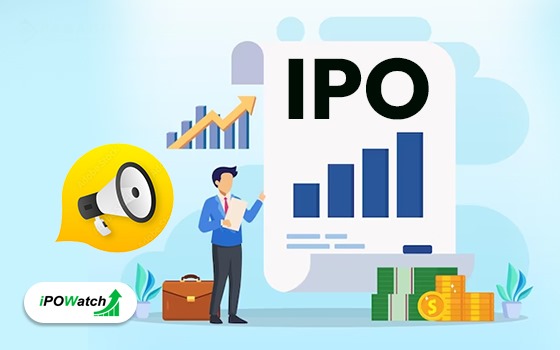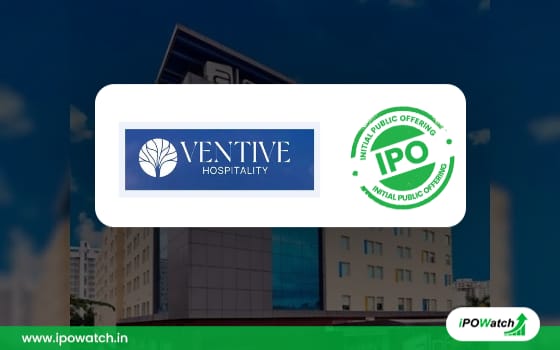Highly volatile markets, but more than 40% returns in rupee terms, plus 50% returns in USD terms, plus 70% returns for midcap segment. Metals, Oil and Gas, Capital Goods and Banks were the top performers. IT, Auto, and Pharma were the laggards.
Those who stayed invested made money. Those who tried to time the markets got whipsawed by the high volatility amid dramatically heightened event risks.
Most analysts were wrong with their estimates of a 15% to 20% returns from the Indian stock markets. Most forecast a US real estate slowdown, but missed the sub prime crisis. UP and Gujarat election results had contrasting prognosis for the Central governments tenure and stability. Meantime, the economy chugged along well and the RBI did a good job in reining in inflation, while a booming tax receipts scenario helped the MOF report a low fiscal deficit despite a subsidy bill of over Rs 100,000 crore on oil, LPG, fertiliser and food.
This would be our summary of the Indian markets performance in 2007. It is time to dust off the proverbial crystal ball and look forward to 2008.
Indian Economy: We expect the GDP growth of 8% plus to be maintained, despite the tight monetary policy from the RBI. The key drivers will be corporate capex, public infrastructure, and fiscal stimuli from a government in its last pre election year and a booming domestic consumption class. Services will lead the pack, with manufacturing steadier and agriculture maintaining a 3.5 to 4% growth.
Global Economy: Fuel and food prices are stoking high inflationary expectations across the globe from US to China to Japan to Europe. We feel the global economy will avoid a recession, and will manage to limit the H1 2008 economic impact to a slowdown and with a strong up tick in H2, 2008.
Sub prime Crisis: This will remain centre stage for at least one more quarter; with major financial services companies announcing more write offs. However, the delinquencies will not reach the predicted levels and the US consumer will show more resilience than expected. This could lead to financial stocks, which are down around 19% in the US markets in 2007, being the outperforming sector globally in the H2 of 2008.
Global Stock Markets: Most markets will have another winning year in 2008. The US will see better returns than 2007 as the economy accelerates in H2, 2008. The European markets will follow. China will benefit from the Olympics effect. Japan will see another lacklustre year given the domestic problems, but the exporters will outperform in the H2, 2008 in tandem with the US economic pickup.
US Interest Rates: The Fed funds rate will go down to 3.5% in the first half and stay flat for a quarter at least. As economic growth picks up in the second half, we expect a slow tightening of rates.
Indian Interest Rates: There is a need to reduce rates to ensure the economy has adequate credit available. However, the oil and food prices have an inflationary potential, which will delay the rate cut to probably Q2 of 2008.
Oil: The biggest event risk to all our forecasts remains the price of Oil. At near to USD 100, oil remains the most significant threat to global growth and economic stability. We don’t expect any dramatic reduction in the oil price in 2008 given the lack of production capacity and the aggressive stance of a number of OPEC members.
US Politics: The US Presidential election will be hard fought with a high probability of the Democrats winning the White House as well, with Hillary Clinton becoming the first lady President elect. With the Democrats controlling Congress and the Presidency, there will be expectations of higher taxes and welfare measures which could psychologically impact the US markets in the lead up to the presidential inauguration. Iraq will remain a difficult situation to get the US out of and hence we don’t expect any 2008 impact on that front.
Indian Politics: Given the writing on the wall in Gujarat and Himachal, we will see a self introspective Congress Party in no hurry to push reforms that may threaten the Central governments stability. The markets have baked in a no reform scenario, so it will not impact the markets. A positive could be reforms by stealth like IPOs and FPOs of PSUs.
Rupee US Dollar Rate: The 11% rupee appreciation in CY 2007 has caused turmoil in export dependent sectors from textiles to IT to pharma. The measures undertaken by the policy makers to stem the foreign debt and portfolio inflows have worked. These coupled with an expected bounce back in the US dollar in H2, 2008, will mean a moderately appreciating Rupee in 2008.
Indian Stock Markets: If most of the above scenarios pan out, we expect another blockbuster year for the Indian markets in 2008. Most analysts are hedging their bets by 15% to 20% forecasts. However, we have seen in the last 10 years that the GDP to Corporate Earnings ratio is around 1: 3. Hence an 8% GDP growth should entail a Corporate Earnings growth of around 25%. That could lead to the markets returning around 25% to 30% .We would put our money on the higher end of this range. While in the short term, we expect continued volatility driven by global cues, we continue to positive on the outlook from a 2-3 year perspective.
The combination of continued earnings growth (20-25%) and re-rating of India, should continue in 2008 albeit with a higher bout of volatility. 2008 should be the year when the India story matures in the context of a global economy and in comparison to other emerging markets. 2008 will probably herald the arrival of India investing as a mainstream destination – ‘must have’ kind of feeling for global investors. In term of sectors, we would be overweight on banking, media, cement, construction and capital goods, real estate and auto/auto ancillary stocks. As in 2007, mid caps should do better. But midcap investing should always strictly be at least 2-3 year investing, as it is investing with the expectation of them converting to large caps.
In summary, we expect a positive global and Indian economy and markets in 2008. The advice for investors would be the same as always…invest according to your risk appetite, time horizon and financial goals, make a financial plan, diversify, invest for the long term and stay invested through the market cycles.
Happy investing and a very Happy 2008!
The author is CEO, Lotus India Asset Management Co Pvt Ltd.
For more Views by Experts click here
Source : moneycontrol.com











